
We’re here to solve the mystery of where did your food come from, and reveal exciting facts from the past about your favourite food!
Know More

We’re here to solve the mystery of where did your food come from, and reveal exciting facts from the past about your favourite food!
Know More
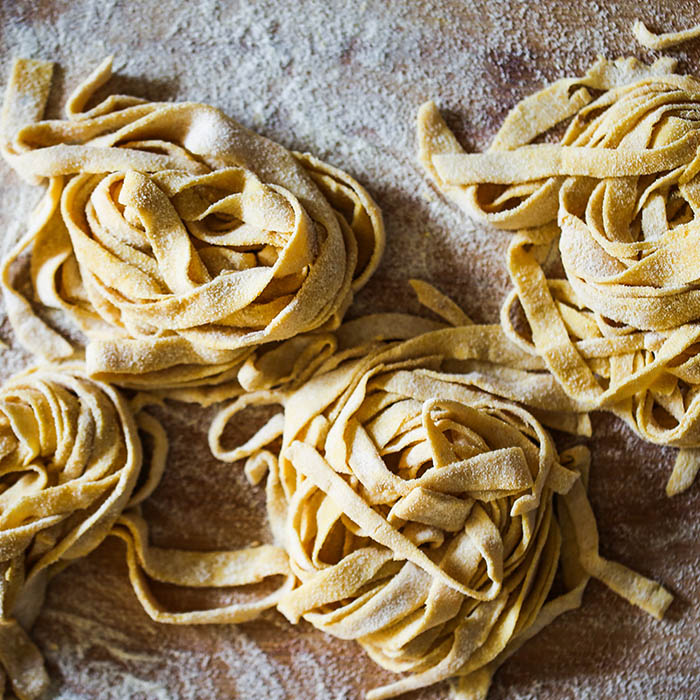

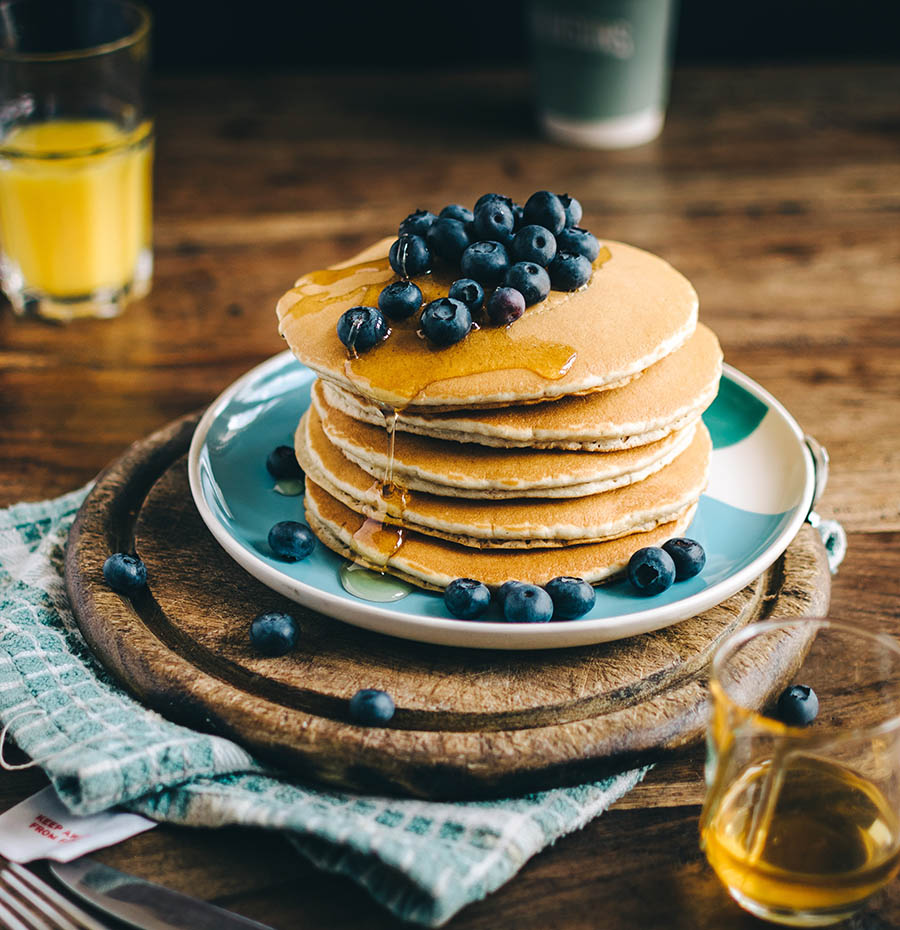

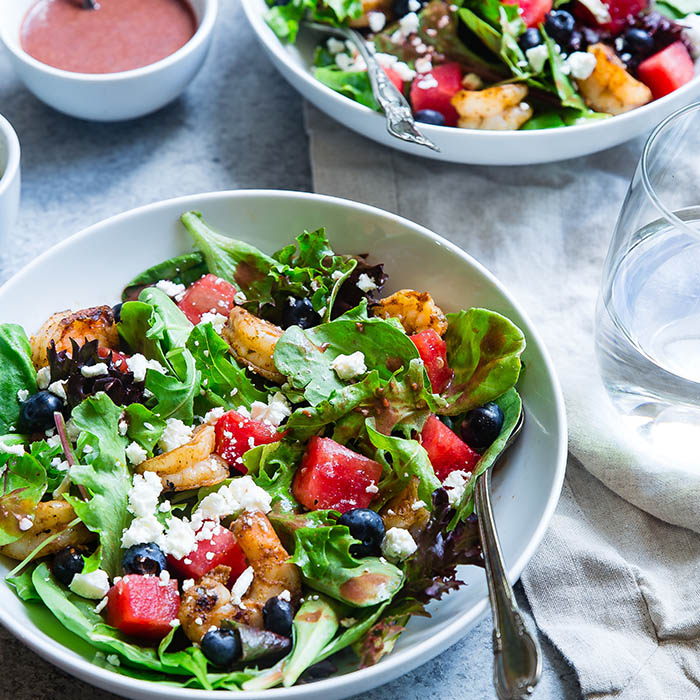

Throughout much of central and western Africa, there is no tradition of a dessert course following a meal. Fruit or fruit salad would be eaten instead, which may be spiced, or sweetened with a sauce. In some former colonies in the region, the colonial power has influenced desserts – for example, the Angolan cocada amarela (yellow coconut) resembles baked desserts in Portugal.
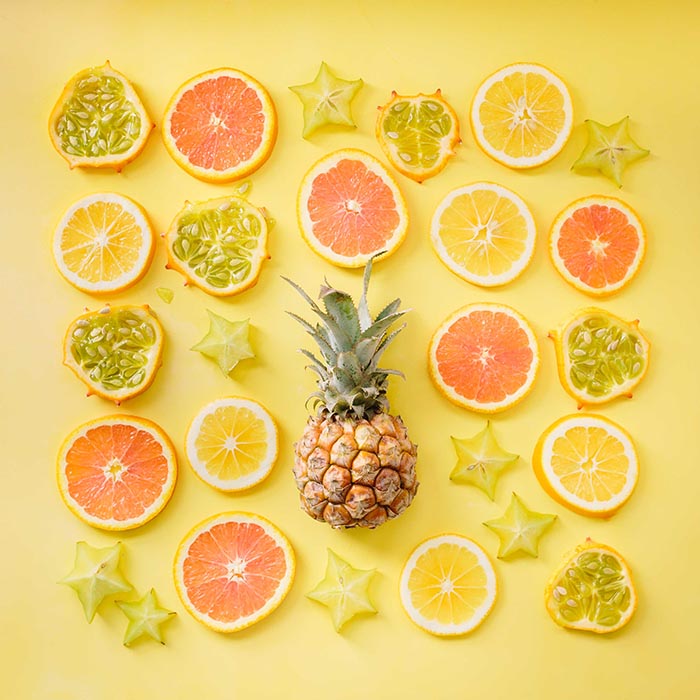
In Asia, desserts are often eaten between meals as snacks rather than as a concluding course. There is widespread use of rice flour in East Asian desserts, which often include local ingredients such as coconut milk, palm sugar, and tropical fruit.
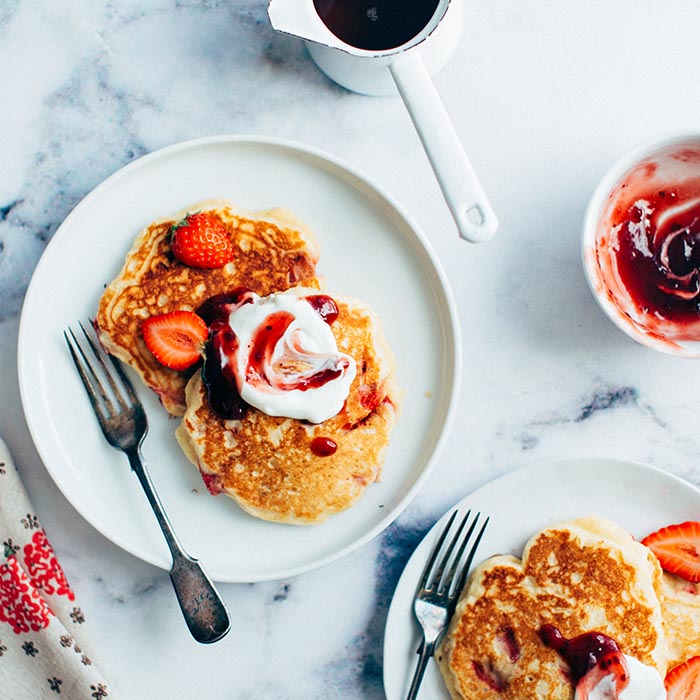
In Ukraine and Russia, breakfast foods such as nalysnyky or blintz or oladi (pancake), and syrniki are served with honey and jam as desserts.
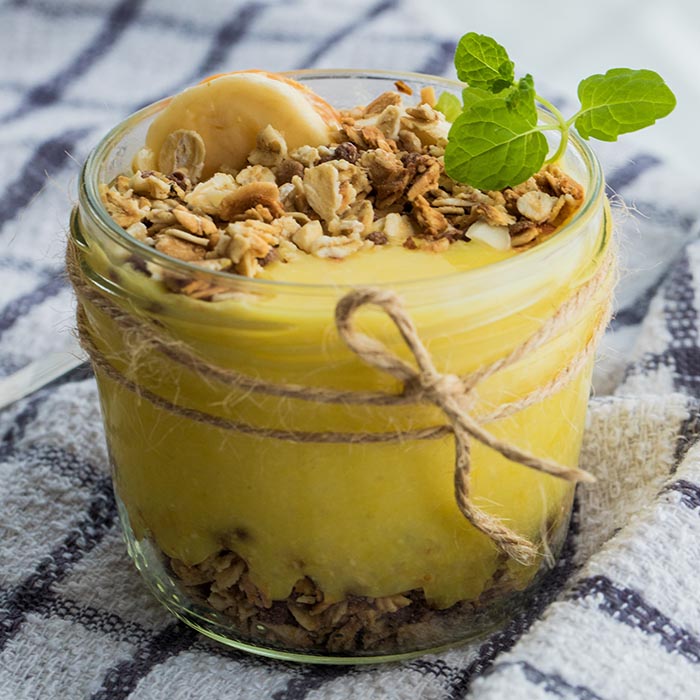
European colonization of the Americas yielded the introduction of a number of ingredients and cooking styles. The various styles continued expanding well into the 19th and 20th centuries, proportional to the influx of immigrants. Some of them are - Banana pudding, Caramel, Cinnamon rolls, fruit pizza, fudge, Gingerbread, Glorified rice
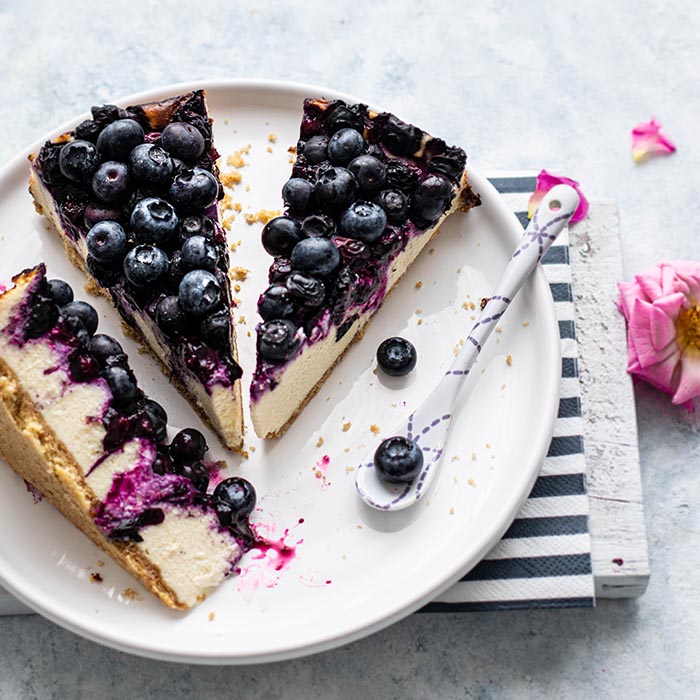
Dulce de leche is a very common confection in Argentina. Tawa tawa is a Bolivian sweet fritter prepared using sugar cane, and helado de canela is a dessert that is similar to sherbet which is prepared with cane sugar and cinnamon. Coconut tarts, Cheesecake. puddings, cookies and candies are also consumed in Bolivia.
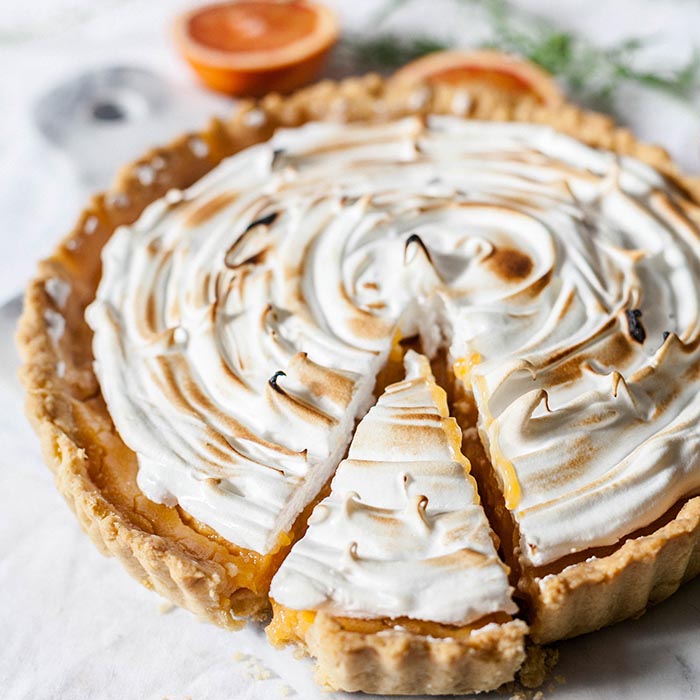
Desserts are typically eaten in Australia, and most daily meals "end with simple desserts," which can include various fruits. More complex desserts include cakes, pies and cookies, which are sometimes served during special occasions.
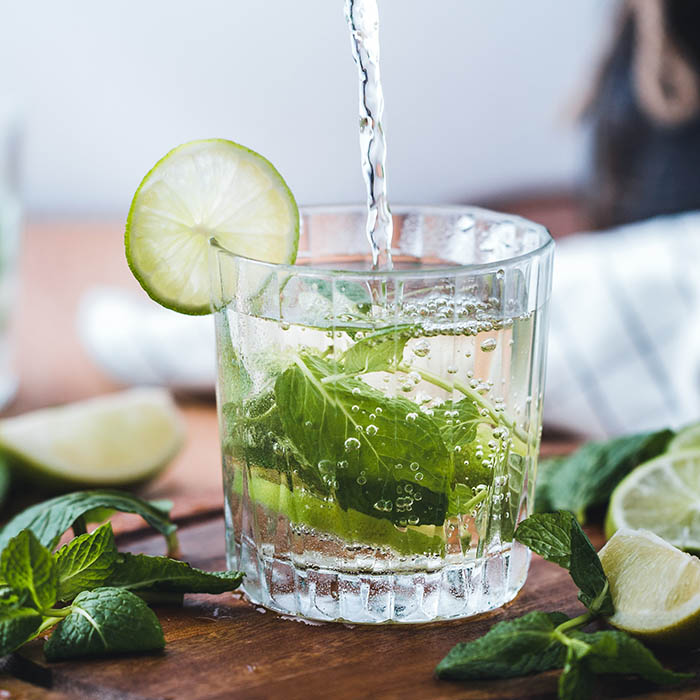
Havana, Cuba, is the birthplace of the mojito, although its exact origin is the subject of debate. It was known that the local South American Indians had remedies for various tropical illnesses, so a small boarding party went ashore on Cuba and came back with ingredients for an effective medicine.
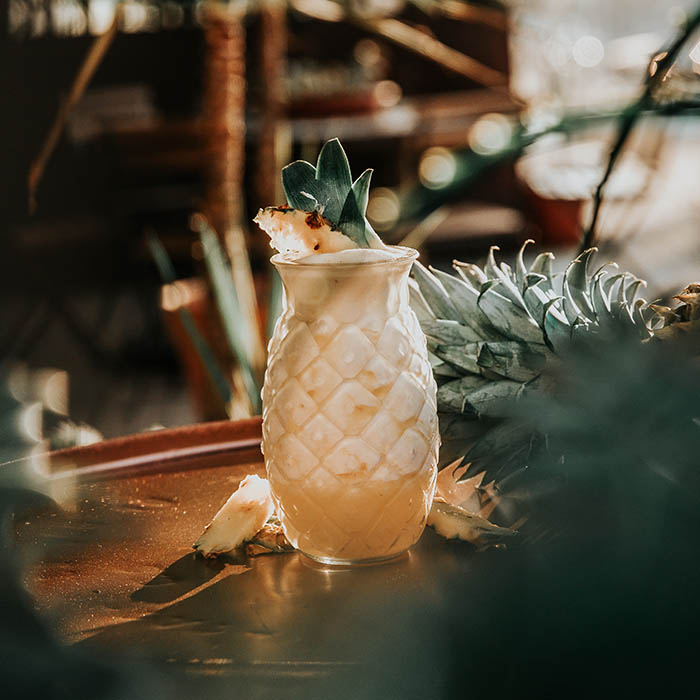
The earliest known story states that in the 19th century, Puerto Rican pirate Roberto Cofresí, to boost his crew's morale, gave them a beverage or cocktail that contained coconut, pineapple and white rum. This was what would be later known as the famous piña colada.
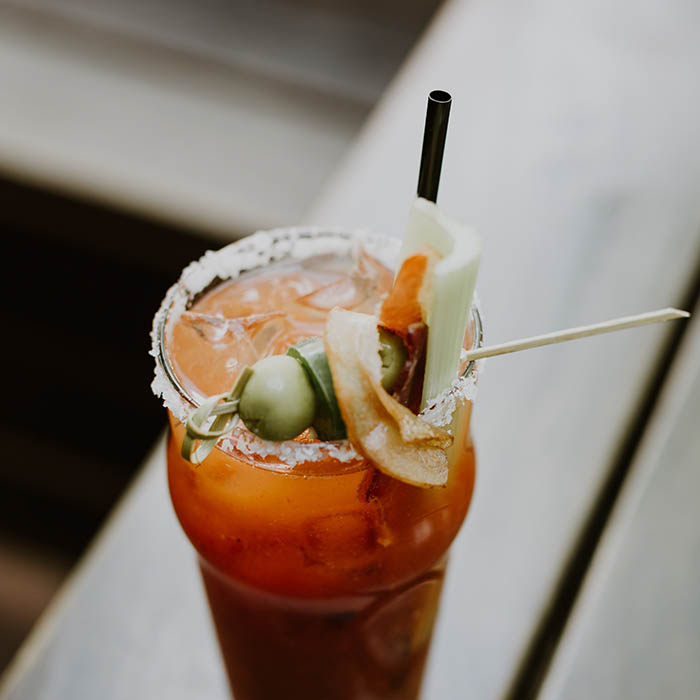
The original cocktail is said to have been created on the spur of the moment, according to the bar's own traditions, consisting only of vodka and tomato juice. Harry's Bar also claims to have created numerous other classic cocktails, including the White Lady and the Side Car.
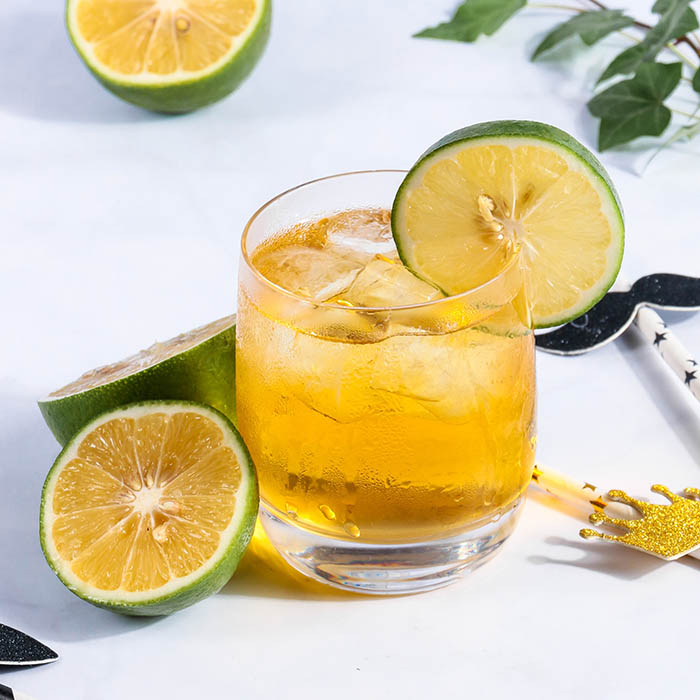
Lemon, Lime and Bitters is commonly consumed in Australia and New Zealand where it became customary for golf players to have a drink of LLB after a match of golf. It is made to order in most bars but a pre-mixed version is made by a number of soft drink companies and this version is widely available in supermarkets.